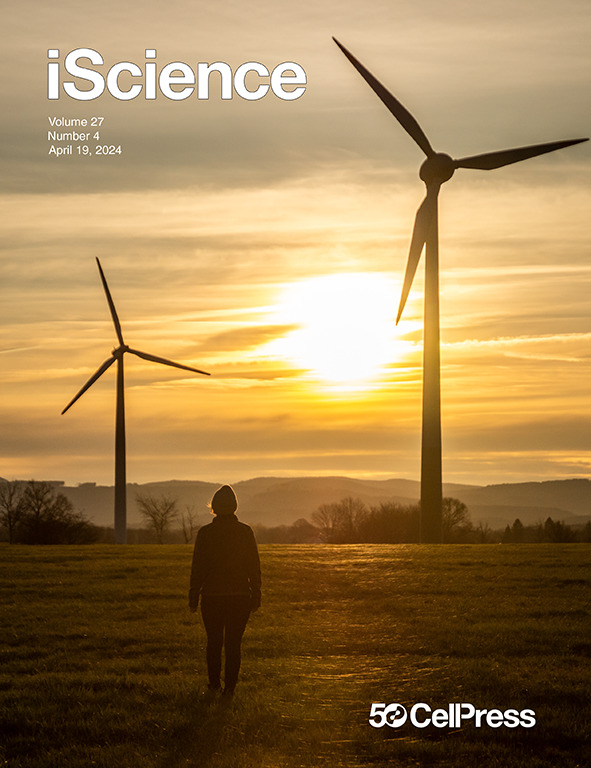消除肠道环境中合成益生菌中靶基因的遗传保障
IF 4.1
2区 综合性期刊
Q1 MULTIDISCIPLINARY SCIENCES
引用次数: 0
摘要
为了满足限制工程益生菌活性的新需求,许多生物控制研究探索了包括杀死工程微生物的策略,这些微生物通常会产生基础水平的细胞毒性,从而阻碍细胞的适应性和性能。在这里,我们探索了一种在非许可条件下破坏益生菌菌株中工程遗传物质的电路设计,而不是杀死这些细胞。我们的保护电路包括一个双层转录调控电路,以控制靶向工程基因降解的CRISPR系统的表达。在大肠杆菌Nissle 1917 (Escherichia coli Nissle 1917, EcN)中,生物控制系统并不妨碍细胞的适应性,而是不断清除和破坏靶标,促进工程遗传物质和活性的完全消除。我们证明,当允许信号持续供应时,工程益生菌在小鼠模型中保持了7天的活性,但在信号供应停止后的两天内活性就无法检测到。本文章由计算机程序翻译,如有差异,请以英文原文为准。

A genetic safeguard for eliminating target genes in synthetic probiotics in a gut environment
To meet the emerging demand for constraining engineered probiotic activities, many biocontainment studies explore strategies that involve killing engineered microbes, which often create basal levels of cytotoxicity that hamper cell fitness and performance. Here, we explored a circuit design that destroys the engineered genetic materials in a probiotic strain, instead of killing these cells, under non-permissive conditions. Our safeguard circuit involves a two-layered transcriptional regulatory circuit to control the expression of a CRISPR system that targets the engineered genes for degradation. In Escherichia coli Nissle 1917 (EcN), the biocontainment system did not hamper cell fitness, and it continuously scavenged and destroyed the target, promoting complete elimination of engineered genetic materials and activities. We demonstrated that the engineered probiotics maintained its activities for 7 days in a mouse model when the permissive signal was supplied constantly, but the activities became undetectable within two days upon the cease of signal supply.
求助全文
通过发布文献求助,成功后即可免费获取论文全文。
去求助
来源期刊

iScience
Multidisciplinary-Multidisciplinary
CiteScore
7.20
自引率
1.70%
发文量
1972
审稿时长
6 weeks
期刊介绍:
Science has many big remaining questions. To address them, we will need to work collaboratively and across disciplines. The goal of iScience is to help fuel that type of interdisciplinary thinking. iScience is a new open-access journal from Cell Press that provides a platform for original research in the life, physical, and earth sciences. The primary criterion for publication in iScience is a significant contribution to a relevant field combined with robust results and underlying methodology. The advances appearing in iScience include both fundamental and applied investigations across this interdisciplinary range of topic areas. To support transparency in scientific investigation, we are happy to consider replication studies and papers that describe negative results.
We know you want your work to be published quickly and to be widely visible within your community and beyond. With the strong international reputation of Cell Press behind it, publication in iScience will help your work garner the attention and recognition it merits. Like all Cell Press journals, iScience prioritizes rapid publication. Our editorial team pays special attention to high-quality author service and to efficient, clear-cut decisions based on the information available within the manuscript. iScience taps into the expertise across Cell Press journals and selected partners to inform our editorial decisions and help publish your science in a timely and seamless way.
 求助内容:
求助内容: 应助结果提醒方式:
应助结果提醒方式:


